IMPROVE YOUR JUMPING SKILLS: SHOW JUMPING TIPS


SHOW JUMPING TIPS
5 Tips For Show Jumpers To Achieve Success
Show jumping is indeed one of the most popular equestrian disciplines. It is an amazing sport that offers real excitement and adrenaline. It requires a lot of different skills from both horses and riders. Being a show jumping rider, preparing for shows, and training show jumping horses can be quite challenging and, sometimes, dangerous but we all know that the passion of show jumping worth is it!
In this week’s blog, we have some tips for all the show jumpers to help them be more successful in their riding.

1. Work on the position
If you are already a show jumping rider, you must know the importance of the correct jumping position. A good jumping position brings more than success in a competition. In the long term, proper jumping position helps the rider to achieve more success and progress to jump bigger and more complex fences. We know it is sometimes hard to adjust your position as the jump doesn’t take longer than just 2-3 seconds but here are some tips to help you:

- Lose the reins: This might sound dangerous at first but letting the reins lose can help you build an independent seat on the horse’s gravity center. Therefore, you can stop trusting the reins to balance yourself and find out the best jumping position in the saddle. Practice it on a horse that you trust with lower fences so that you can be safe and improve easier.

- Stay in position: Building a muscle memory for your jumping position can help you get into the position easier on the horse. You don’t have to try it over fences all the time. You can try to stay in that position in different ways. The easiest way is to walk, trot, and canter in tip-two position. This way, you can build stronger calves and knees and proper muscle memory to help you get into the right position over the fence.

- Let the horse help: The most important element of a correct jumping position is the “fold”. If you struggle with learning the fold, don’t worry, it is probably the hardest part of show jumping but you can try to fix this problem by letting the horse help you. When your horse pulls his front legs to take off, his neck and back will technically help you get into the position. All you need to do is to stand slightly in the stirrups and flex your hips, knees, and ankles.
To improve your balance and position in the saddle, you can also check out our blog post “IMPROVING YOUR BALANCE IN THE SADDLE”.

2.) Rhythm in Canter
A balanced canter is the key point of show jumping. The jumps in the arena are not in the same distance, you need to canter more or less, faster or slower, jump higher or lower, longer or shorter in each different course. Therefore, you should be able to work forward-backward within your horse’s canter and adjust his stride length and speed. We advise practicing more in different courses with different distances to learn the stride speeds of your horse in canter gait. Try both longer and shorter strides and see how you need to use the aids to adjust his speed.

3.) Flatwork and Polework!
Flatwork is an important exercise for show jumpers. A well-spent flatwork time can help you and the horse in many ways and make your horse more supple, stronger, and easier to ride. Working on walk, trot, canter, rein-back, and transitions during the flatwork is the best workout to teach your horse how to respond to hand and leg pressure. Besides, doing different exercises such as lateral works, half-pass, shoulder-in, or haunches-in will help the horse have a better balance with his rider.
On the other hand, doing lots of pole work is beneficial to learn how to approach a fence and how to adjust your horse’s stride and speed in canter.

4.) How to walk the course
Walking the course and making a correct plan in your mind is the biggest step to clear that course. You have to make sure that your riding plan is suited to your horse. While you are walking the course, you should pay attention to the distances between the fences and combinations, corners, how you will approach the fences, and the canter that you will need to clear each fence. Walking a course with your trainer and getting tips from them can help you learn how to make the best plans for your horse.

5.) Focus on the next jump
We know that there are many things going on around the arena and sometimes it is really hard to focus on your course. Especially when you are at a show, cheering crowd, judges, other rider and horses can distract you but if you want the clear all the jumps, you have to focus. While flying over a jump, keep your eyes on the next fence so that when the horse lands after the jump, you will know where exactly you are going. Knowing the next jump and having confidence about it will help you ride better forward and the horse to trust your lead.

You should practice all these tips as much as possible but never forget to let yourself and your horse take a break, relax, and try something new every once in a while. You can try hacks, groundworks, and just take a few days off to have fun with your horse. After every successful training or show, reward yourself and your horse to boost the motivation.

Enjoy show-jumping with our colorful matching saddle pad sets!


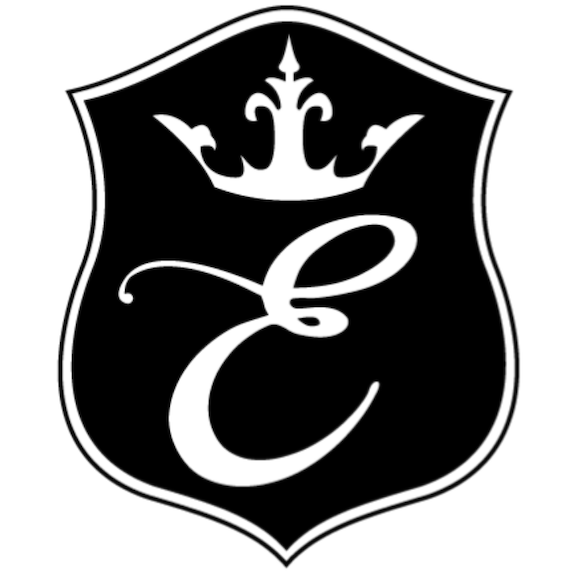
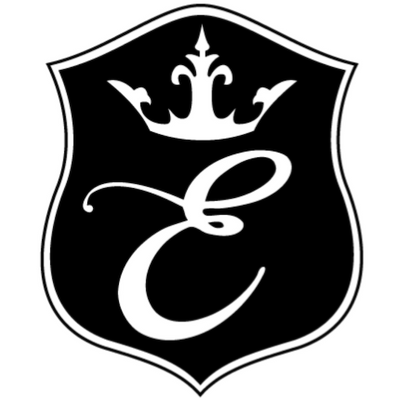




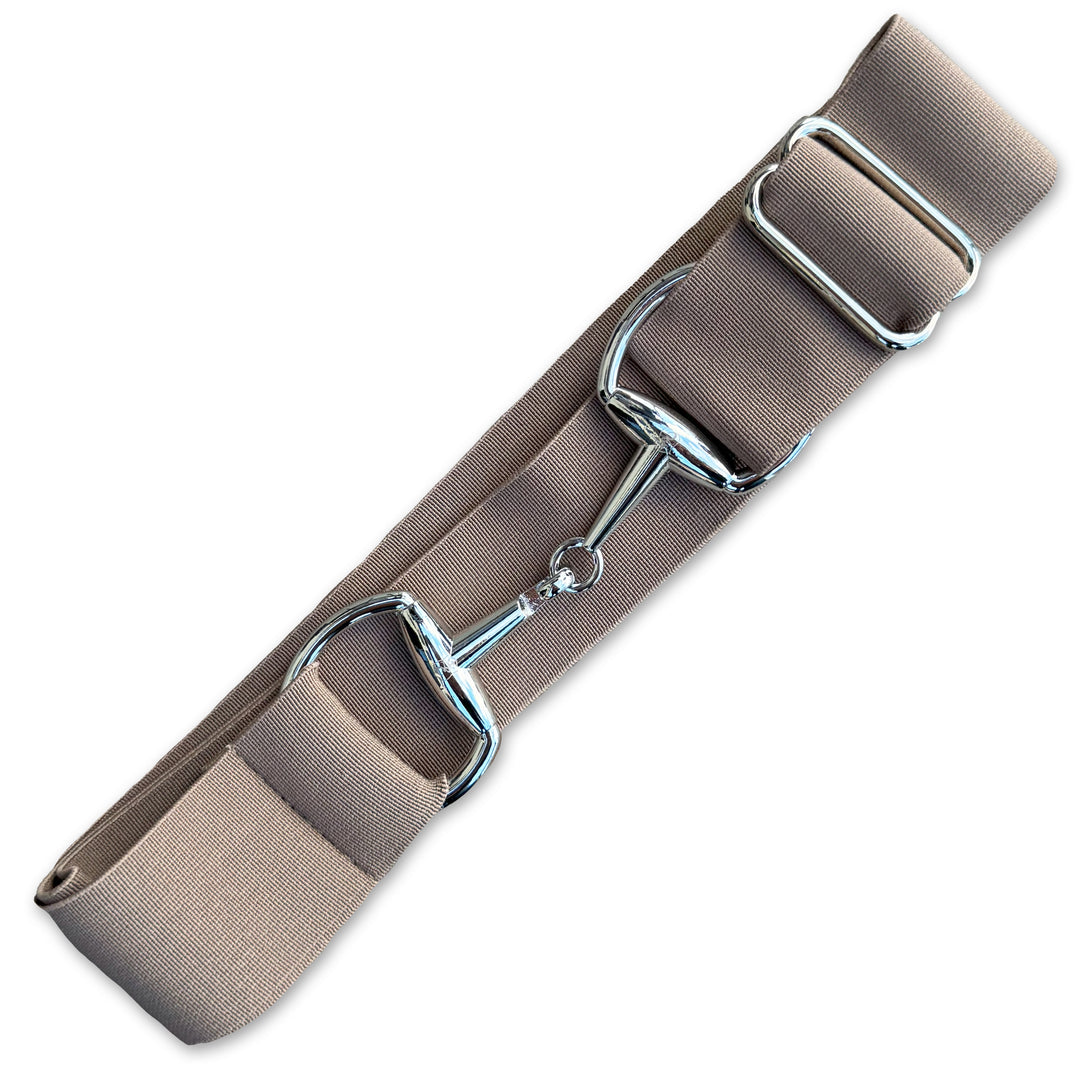
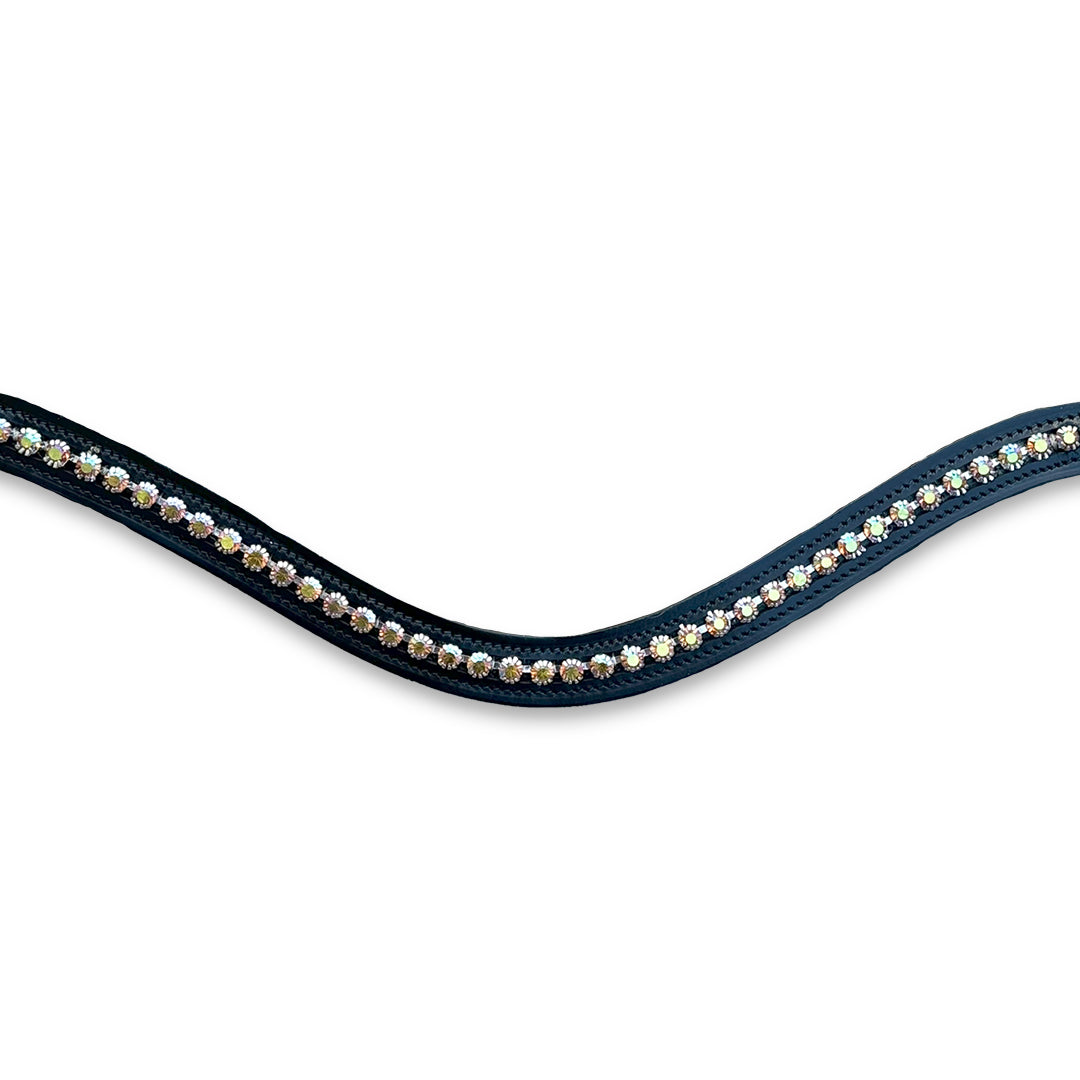
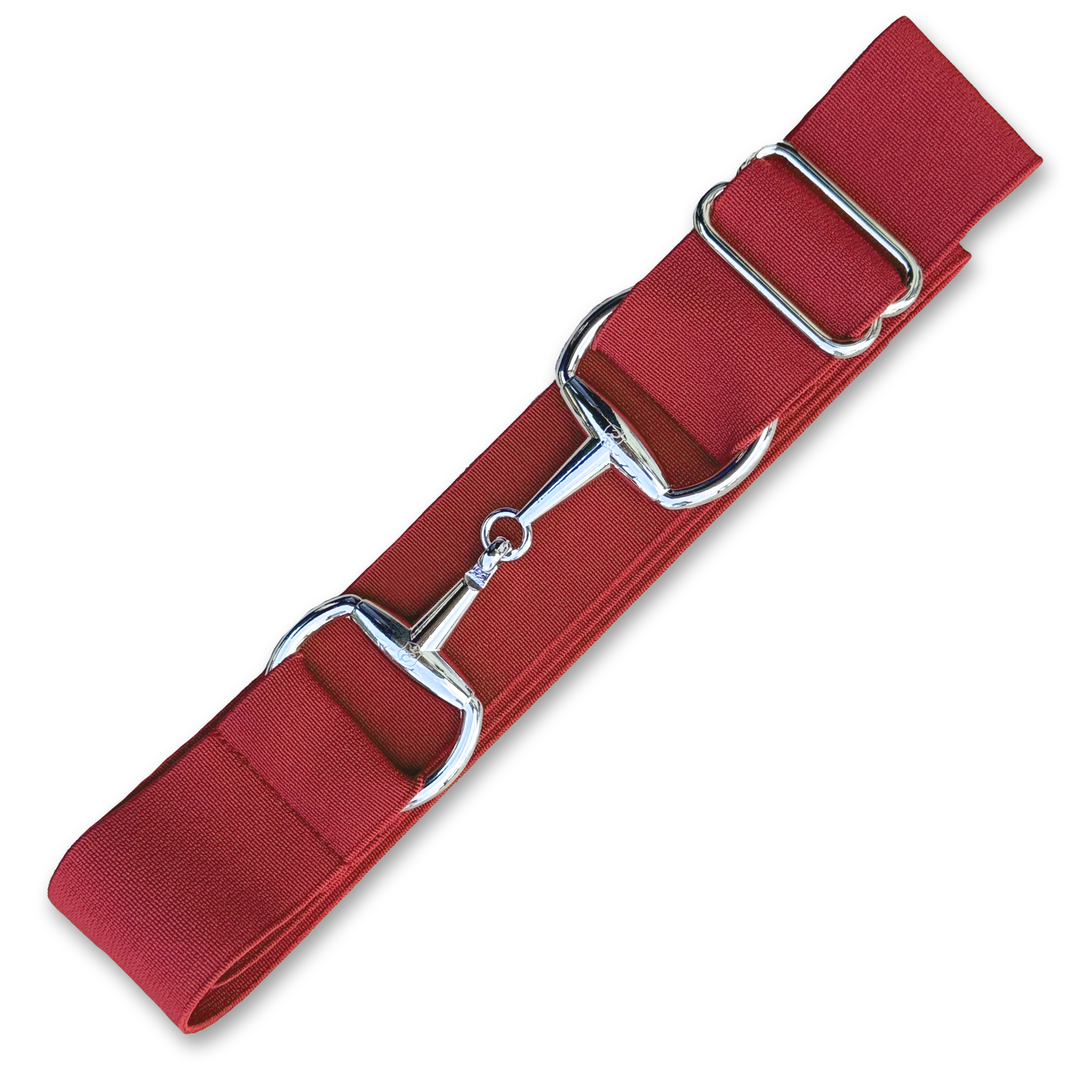
Leave a comment